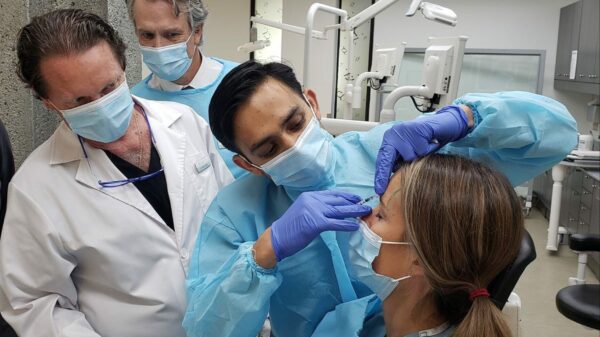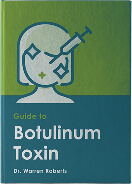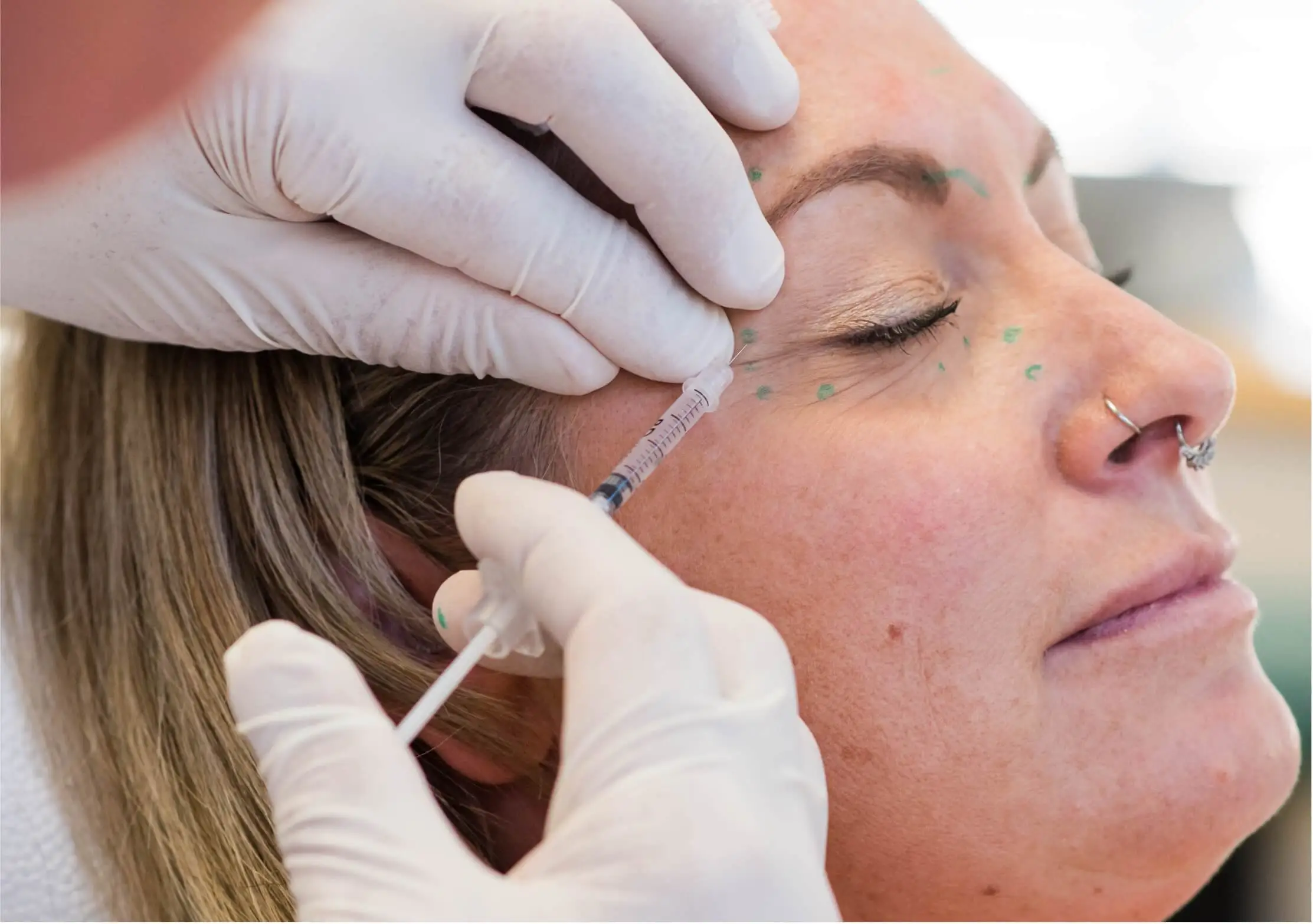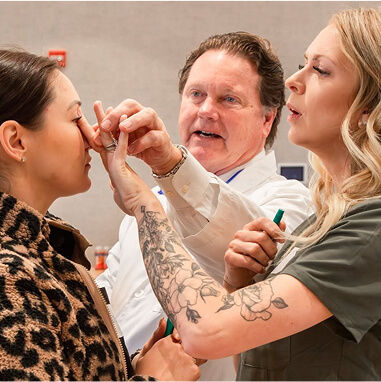It’s fairly common for practitioners to only want to implement cosmetic Botox treatments in their practice. However, most practitioners are unaware that there is a prominent synergy between the therapeutic and aesthetic uses for cosmetic injectables like botulinum toxin. Many patients (nearly 2/3rds of all female dental patients) experience some type of jaw or migraine pain, providing botulinum toxin for more than cosmetic purposes is an essential role for trained dentists, physicians and nurses.
Botox: Improving The Way People Look and Feel
When botulinum toxin is used for aesthetic concerns—like treating fine lines and wrinkles—it also provides pain-relief effects in that muscular area. Likewise, when botulinum toxin is injected at specific points for managing muscle pain or fatigue, the patient also enjoys cosmetic benefits. They feel better and look better in both situations, regardless of why the injectable medication was used.
Understanding Proper Marking, Placement, and Dosage
While botulinum toxin provides both cosmetic and functional advantages, the dosage and application should be tweaked to maximize the end results. Specific application points, placement, and the amount of product used will sway the aesthetic or therapeutic effects more in one direction when the practitioner is fluent in the methodology. If the patient can benefit from a synergistic care approach of any type, practitioners almost owe it to their patients to provide the most holistic option to better their patient’s quality of life.
The Difference Between Level 2 and 3 Training
Practitioners using botulinum toxin will learn proper application techniques to offer the service in any sort of dental or medical practice. But with a deeper level of understanding, providers can expand the type of service they already offer, providing more meaningful therapeutic uses like migraine and TMJ management.
With Level 2 training, a focus is spent on addressing the most commonly requested treatment area: the upper face (such as the forehead, bridge of the nose, and around the eyes) as well as facial pain. However, Level 3 training is quite more precise, as it relates to a deeper myogenic therapy technique throughout the mid and lower face and neck. This more expanded treatment zone opens up an advanced avenue for patient pain relief and cosmetic care.
Developing a Finesse in Cosmetic Therapy
Feeling confident in your ability to utilize botulinum toxin for pain relief and aesthetics provides the best immediate and long-term results for your patients. As a provider, it also establishes you as a leader in cosmetic therapy and pain management for more chronic conditions related to migraines, headaches bruxism and TMD. With a deeper understanding of myogenic relationships, both medical and dental practitioners can take their services from simple to extremely complex. Ultimately, they also enjoy a more fulfilling and rewarding experience as a cosmetic and therapeutic provider. Your newfound knowledge is rewarding and confidence-building, rather than one that adds stress and confusion to your practice.
Register for Your Level 2 or Level 3 Training Today
PTIFAT offers graduated training opportunities that progressively takes providers and builds on their current professional skill levels in a direct, systematic approach.
To learn more about using botulinum toxin for both aesthetic and pain relief purposes in your practice, enroll in the self-directed online Level 1 course.







